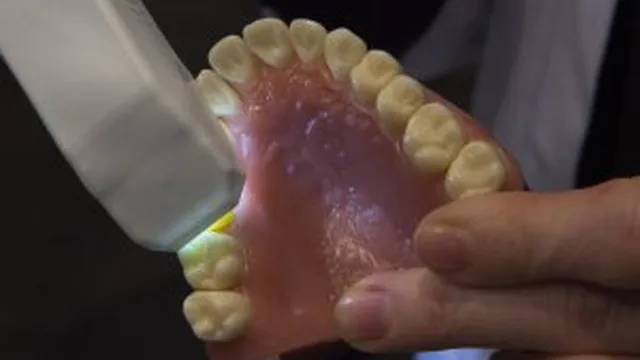
Study reveals how AXL enzyme enhances healing powers of the mouth
2025-07-02 22:03- A recent study by Cedars-Sinai and the University of California-San Francisco revealed that the AXL enzyme significantly affects the healing of the mouth's interior lining.
- Manipulating the AXL enzyme in mice demonstrated that inhibiting it worsens healing, while stimulation led to improved outcomes.
- These findings could lead to new therapies for treating skin wounds and reducing scarring, particularly for burn victims.
Express your sentiment!
Insights
In a preclinical study published on July 1, 2025, by researchers from Cedars-Sinai Medical Center and the University of California-San Francisco, a discovery regarding the oral mucosa's healing abilities was made. The study, conducted on mice, suggests that the Gas6/AXL protein/enzyme signaling pathway plays a crucial role in the mouth's capacity to heal rapidly and without scarring, regardless of exposure to various microbes, abrasions, and movement. The research was led by Dr. Ophir Klein, who found that inhibiting the AXL enzyme worsened the healing of oral mucosa wounds, causing them to behave more like typical skin wounds. Conversely, stimulating AXL in facial skin wounds resulted in more efficient healing with less scarring. This promising finding offers potential avenues for new therapies that could enhance skin wound healing by reducing scarring, especially for burn victims or individuals with chronic oral health issues. The study also proposed further exploration into how AXL signaling affects scarring and regeneration at the molecular level across different tissues and types of injuries. The study aligns with other recent findings from research conducted by the University of Arizona, which highlighted the significance of the Focal Adhesion Kinase (FAK) in wound healing. The combined insights from these studies could lead to FDA-approved treatments aimed at improving healing processes and minimizing scars in severe injuries. Increased understanding of the oral mucosa's unique regenerative properties is crucial, as there are currently no FDA-approved treatments to significantly reduce scarring from such injuries, prompting interest and urgency for future research in this field.
Contexts
The AXL enzyme has emerged as a critical player in the complex process of wound healing, which is essential for tissue repair and regeneration. Wound healing is a multifaceted biological process that involves inflammation, tissue formation, and remodeling. AXL, which is part of the receptor tyrosine kinase family, has been implicated in several key cellular processes associated with wound healing, including cell proliferation, migration, and survival. Its expression is known to be upregulated in response to injury, indicating its significant role in the early stages of the healing response. This mechanism highlights AXL's capacity to facilitate the recruitment and activation of various immune cells that are pivotal during the inflammatory phase of wound healing, leading to efficient tissue repair and resolution of inflammation. Furthermore, AXL plays a crucial role in the regulation of fibroblast activity. Fibroblasts are essential for the production of extracellular matrix components, which provide structural support for newly formed tissue. Studies have shown that AXL influences fibroblast activation and function, thus contributing to collagen deposition and the formation of granulation tissue. This is particularly important in chronic wounds, where fibroblast dysregulation is a common issue. Therefore, targeting AXL could potentially enhance fibroblast functionality in such cases, improving the outcomes of chronic wound management. In addition to its involvement in fibroblast function, AXL is also associated with endothelial cell activity. The regeneration of blood vessels, known as angiogenesis, is vital for the delivery of oxygen and nutrients to the healing tissue. AXL signaling has been shown to promote angiogenesis, further indicating its important role in wound repair. By enhancing vascular permeability and facilitating the migration of endothelial cells, AXL contributes to the formation of new blood vessels, thereby fostering a supportive microenvironment for healing processes. This makes AXL an attractive target for therapeutic strategies aimed at enhancing wound healing in both acute and chronic scenarios. A comprehensive understanding of the AXL enzyme's role in wound healing holds significant promise for developing targeted therapies aimed at improving healing outcomes. As research continues to uncover the intricacies of its signaling pathways and interactions with other cellular mechanisms, the potential to manipulate AXL activity for therapeutic benefit becomes more feasible. This could lead to innovative interventions for patients suffering from non-healing wounds, thereby enhancing their quality of life and reducing healthcare burdens.